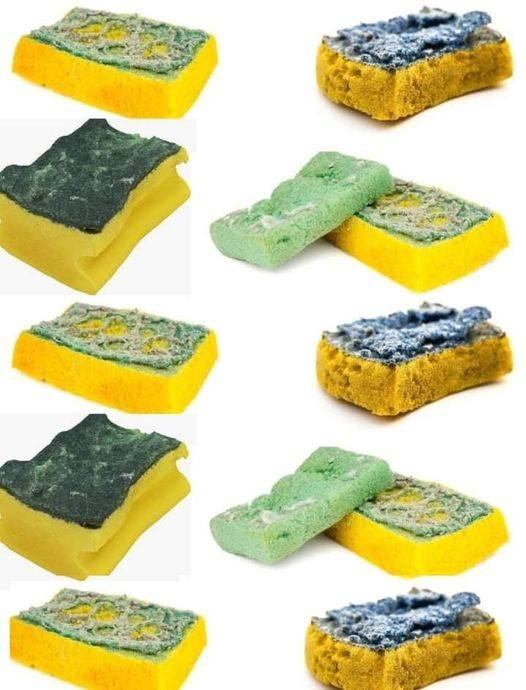ADVERTISEMENT
One of the biggest benefits of sponges is their ability to retain moisture , which proves to be very useful in the garden. Sponges are designed to absorb water, and when reused in soil or pots, they can help maintain the hydration level of your plants for longer. Not only does this contribute to more efficient water use, but it also ensures a consistently moist environment for the roots, promoting plant growth and health.
1. Place Old Sponges in the Bottom of Pots
A great way to use up old sponges is to place them in the bottom of your pots before adding soil. This will allow the sponges to absorb excess water during watering and then slowly release it, providing a continuous source of moisture to the roots. They also help improve drainage, preventing plants from becoming waterlogged.
2. Bury them in the garden soil
If you have areas of your garden that dry out quickly or where plants tend to need more water, you can bury old sponges around your plants. As the soil is irrigated or receives rainwater, the sponges will store that excess water and gradually release it. This ensures that plants have access to water for longer, especially in dry seasons.
3. Reduce Water Consumption
In areas with dry climates or during heat waves, old sponges can be a great ally in reducing water consumption. By keeping the soil moist for longer, they allow plants to stay fresh and healthy with less watering . This is particularly useful in large gardens or if you want to minimize your water footprint.
Other Creative Uses for Old Sponges
Sponges not only retain water, but can also serve other ingenious uses in the garden:
- Protecting delicate roots : If you have young plants or recent transplants, place sponges around the roots to protect them and ensure they receive adequate moisture without risk of waterlogging.
- Soil Improver : As sponges break down in the soil, they can improve the soil structure, facilitating drainage and air passage, which promotes root health.
-
Additional Tips
- Pre-cleaning : Before using sponges in the garden, make sure to wash them thoroughly to remove any traces of cleaning products or bacteria that could affect your plants.
- Gradual Replacement : If you have a lot of sponges, gradually add them to the garden, especially in areas that need more moisture retention.
- Combination with other materials : For better performance, you can combine sponges with other materials such as small stones or gravel at the base of the pots, thus improving drainage and water retention.
- Reusing old sponges in the garden is an eco-friendly and practical option that not only reduces waste, but also greatly benefits your plants. The next time a sponge is no longer useful for cleaning, don’t throw it away; give it a new chance to be useful in your garden. Your plants will thank you with healthier growth, and you’ll be doing your part to protect the environment, too. Become a more conscious gardener by reusing old sponges!
ADVERTISEMENT




